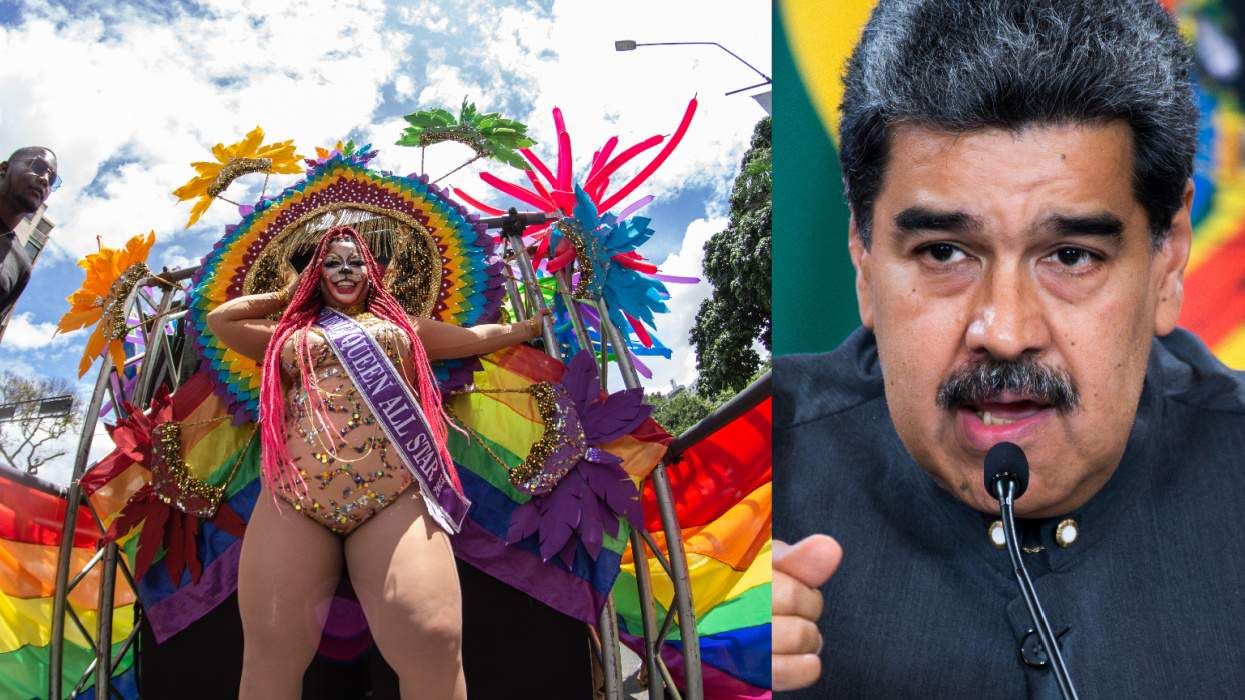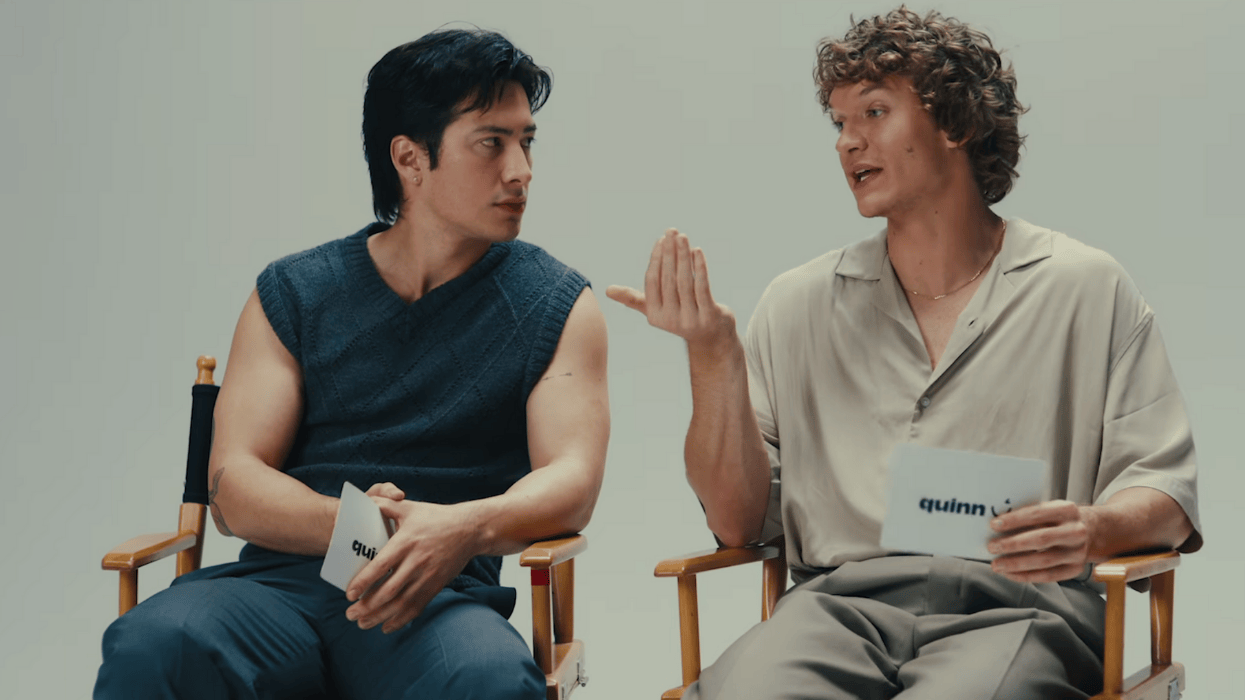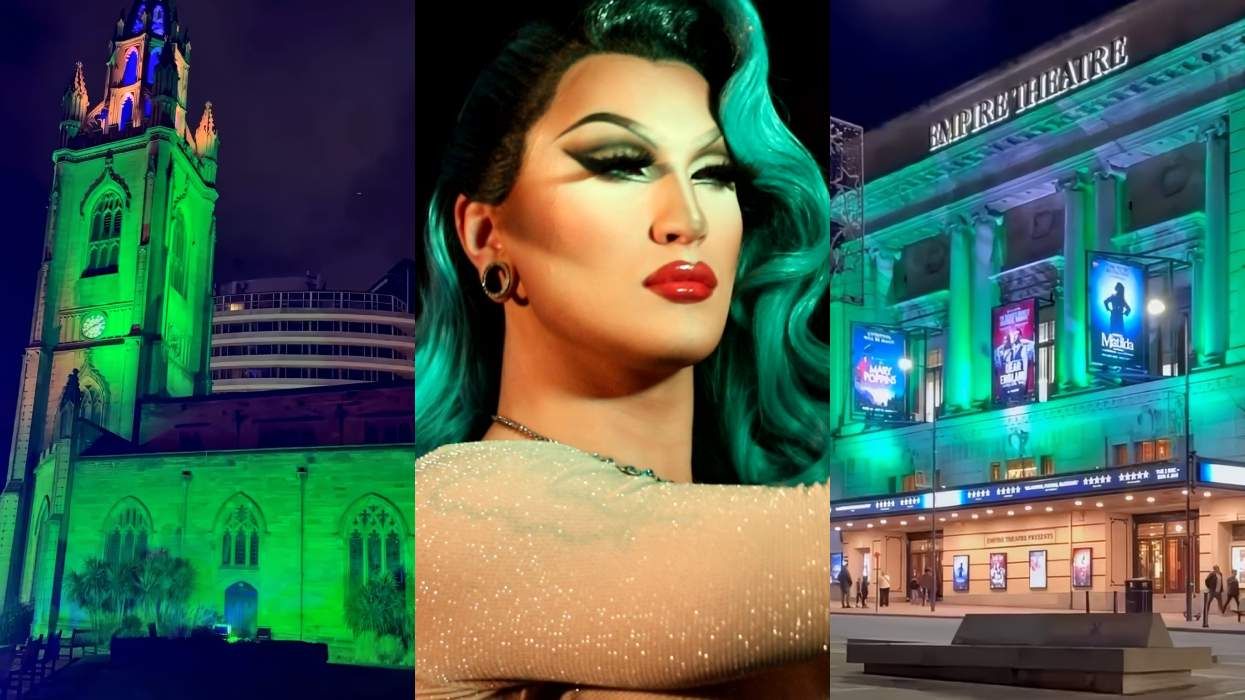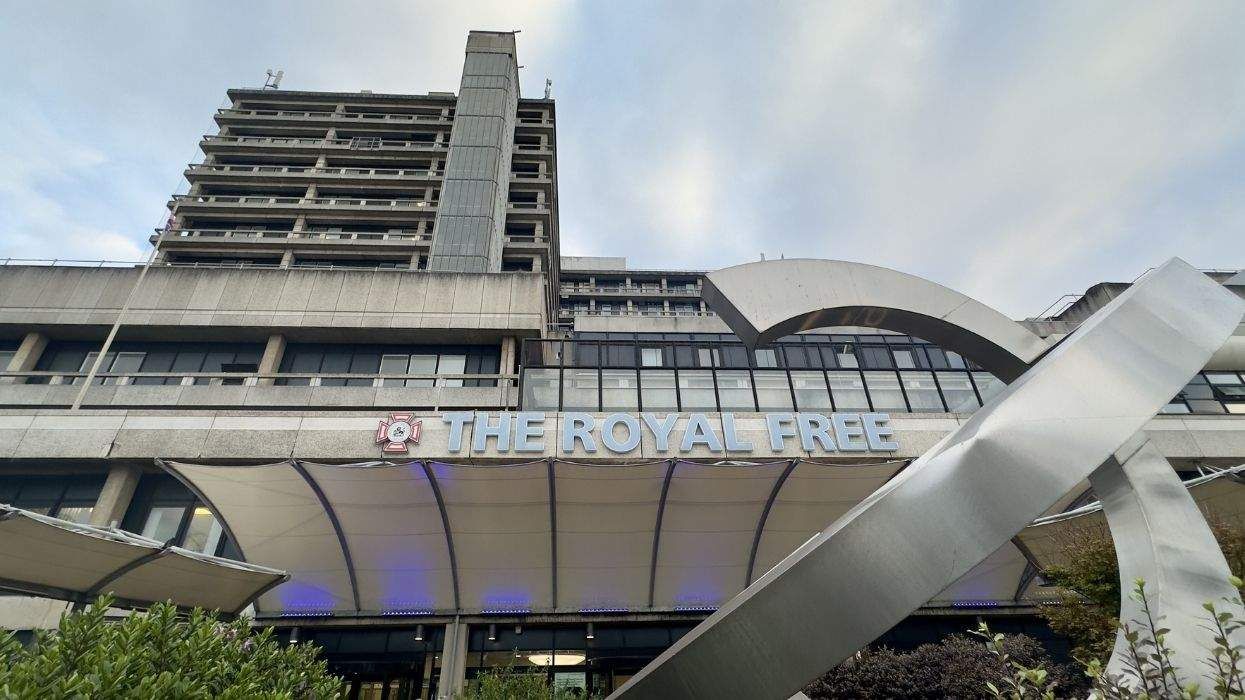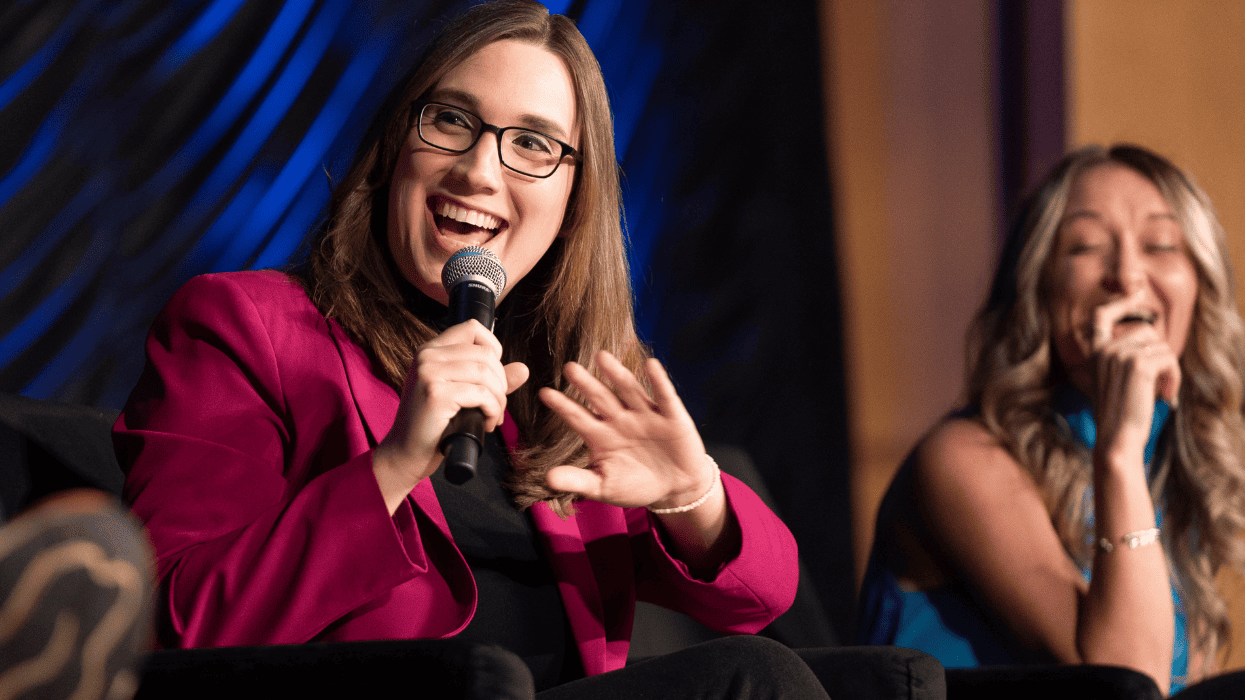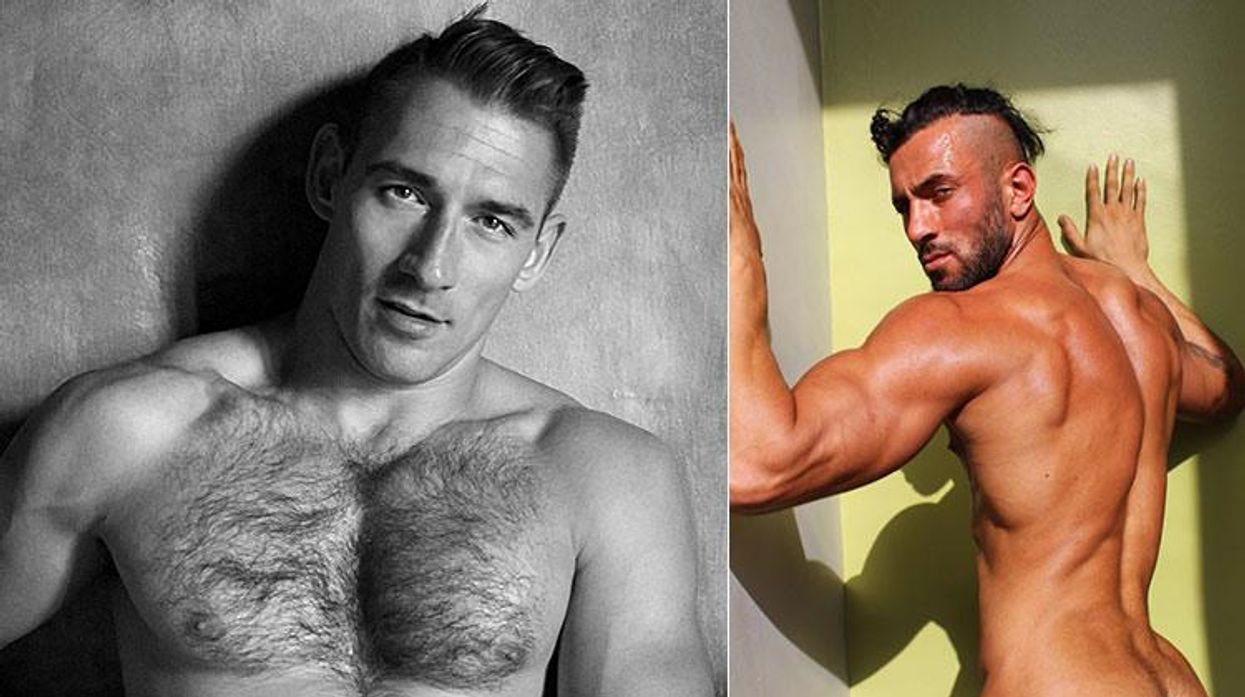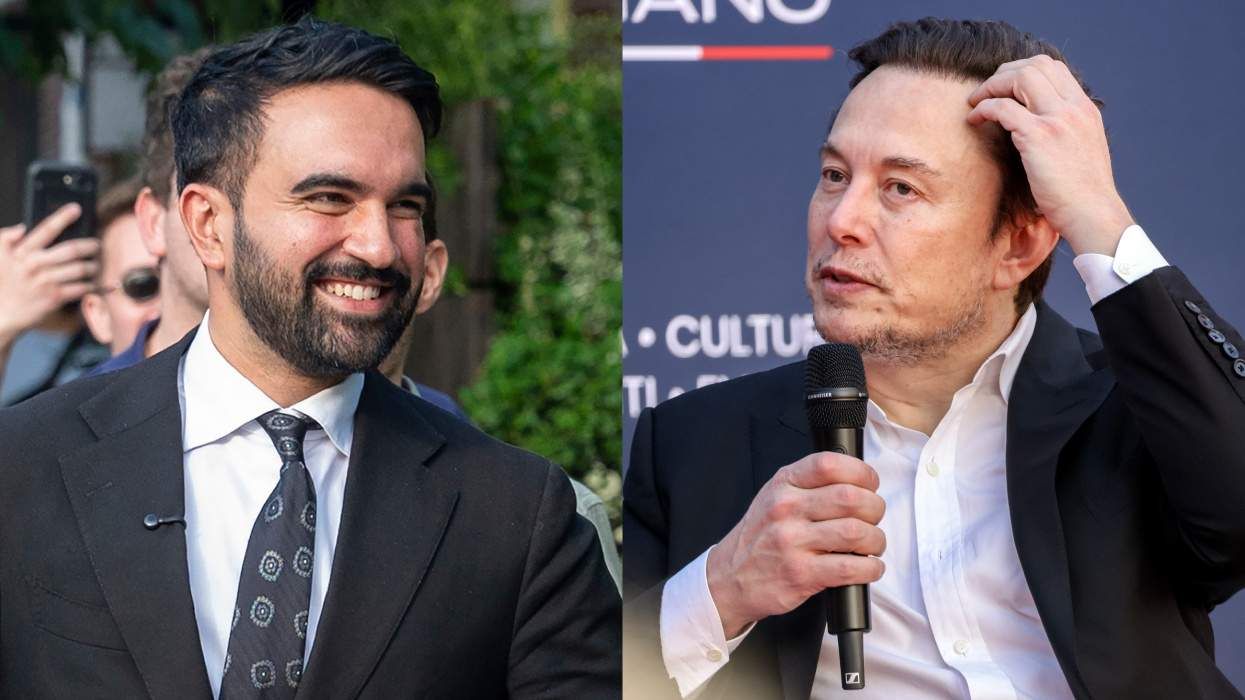Bisexual people are the most populous of the LGBTQ+ community, making up more than 50 percent of those who identify as LGBTQ+. But those who identify as bi can face intense stigma and questions over their sexuality in ways that gay men or lesbians might not.
In honor of Bisexuality Awareness Week, which runs September 16-23. Below are some basic definitions of what it means to be bisexual and some resources to help better understand bisexuality.
What is bisexuality?
“A bisexual person is someone who can be attracted to more than one gender, and studies show that as much as half of the lesbian, gay and bisexual population identify as bisexual,” the Human Rights Campaign states.
There’s a lot of bi-invisibility and bi-negativity since many people say bisexuality doesn’t actually exist. This false claim exacerbates the fact that there are higher health disparities among those who are bi, according to the American Psychological Association.
How common is bisexuality?
It's pretty common.
According to research by Gallup, about 60 percent of LGBTQ+ Americans say they are bisexual. That means that about 4 percent of all Americans are bi.
Gen Z, millennials, and Gen X are more likely to identify as bi compared to older Americans, who are more likely to identify as gay or lesbian.
Fifteen percent of Gen Z adults say they are bisexual, while 6 percent of millennials and a little less than 2 percent of Gen X do.
That same study found that women are more likely than men to identify as bisexual. Six percent of women identify as bi compared to 2 percent of men. Women are also more likely to identify as bi than they are as lesbians.
Transgender people and people of color make up a large part of the bisexual community as well. Many LGBTQ+ people of color identify as bi — over 40 percent, according to a previous HRC study. About half of trans people identify as bi as well.
What are some resources for coming out as bisexual?
HRC has developed a guide to help people come out as bi.
“As bisexual people, we face skepticism and stereotypes about our sexuality, we are ignored and excluded from LGBTQ+ spaces, and we are often invisible to each other - challenges that can make coming out a complicated process,” the organization writes.
Check out the guide here.
The group found that bi people are also less likely to be open to their medical provider about their sexual orientation. HRC has also drafted a “Coming Out as Bisexual to Your Doctor” guide to help approach the subject.
You can also check out these other resources on bisexuality.

